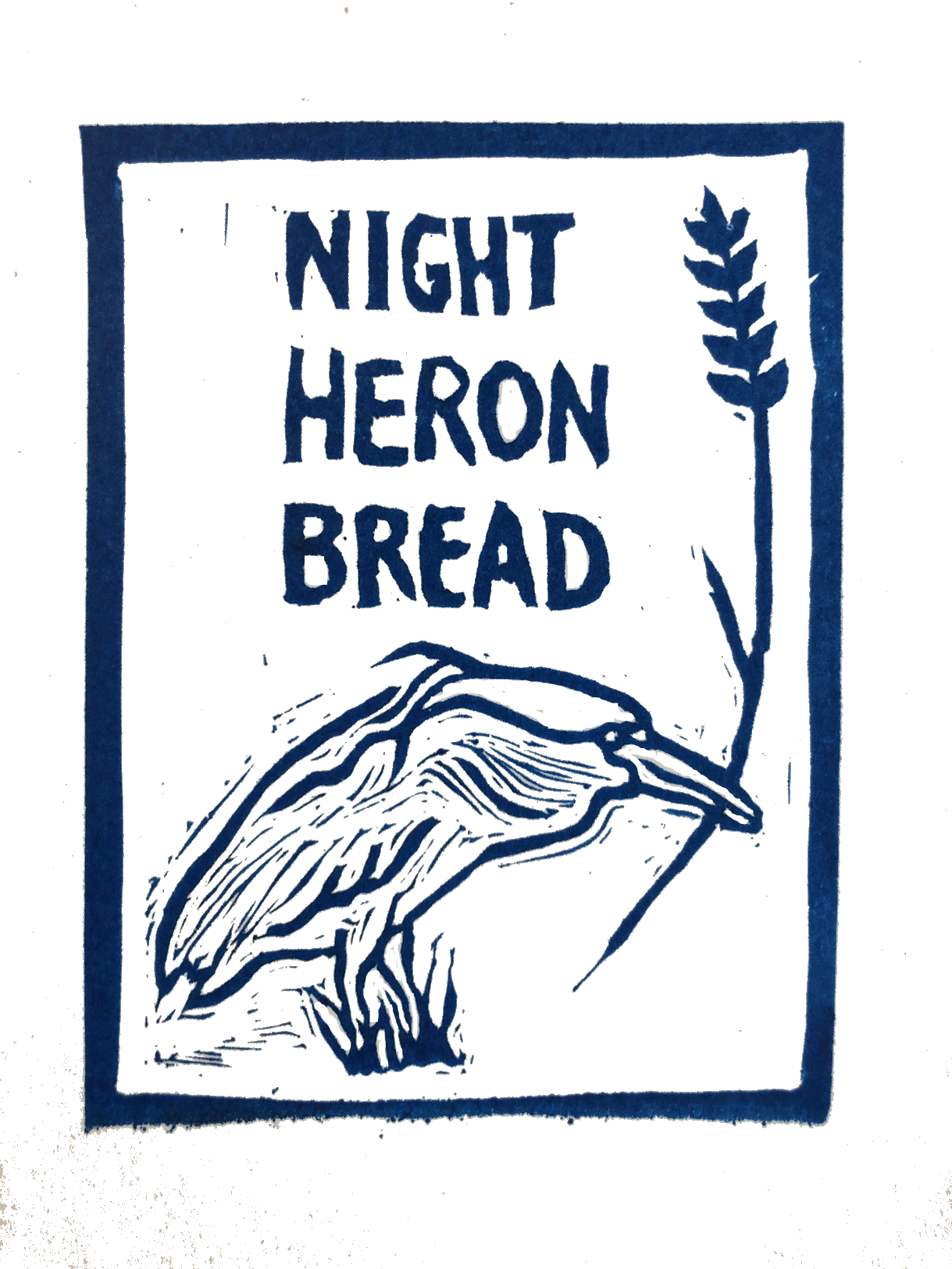Summertime
Hello, Friends of Night Heron Bread!
We hope everyone is having a great summer by relaxing a bit and taking it slow on these foggy mornings. I just wrapped up year 16 of being a full-time teacher! Wahoo- honestly tho, I’m toast. Downshifting is a hard transition for us teachers but I’m happy to report that I’m getting there.
It helped that I drove down to Big Sur myself last week to do some solo camping. A friend hooked me up with a day pass at Esalen too and holy moley that place is beautiful. Bodhi kicked off his summer by going to camp at Angel Island. Yes, if you can believe it Bodhi got on a boat with a bunch of like-minded adventurous kids and spent the day exploring the island. One of the highlights according to him was fishing with string cheese. Trevor and I have been joking that this is the summer he officially becomes a “Goonie”.
Ok enough about family, let’s get back to the bread.
From the Field: Millet
Types of Millet 1:Common 2:Little 3:Foxtail 4:Japanese
Part of Night Heron Bread’s mission is to elicit curiosity for some of the grains we use in our bread. This past Saturday, our baker’s choice included a lesser-known grain called millet.
Industrialization has overwhelmingly transformed food and overcomplicated systems leading to most bread flour being highly refined and over-processed. Millet is one of those grains that has avoided this destiny and that’s what is meant when people refer to it as a heritage or heirloom seed; the same goes for Einkorn, another favorite grain of ours.
The health benefits of grains are often lost by processing but this isn’t the case when you’re eating ancient, whole grains.
Millet is very rich in dietary fiber. It supports good bacteria development in your digestive system, is rich in antioxidants, and may help control blood sugar and lower cholesterol (healthline.com).
The origin of millet is in Asia and Africa where it’s been found at archeological sites that are over 7500 years old. It’s also used to produce roti and chapati flatbreads in India, injera (a fermented flat bread commonly eaten in Ethiopia) and beer in Africa, and kasha and fermented drinks in Eastern Europe (wholegrainscouncil.org).
Millet is also a very adaptable crop that grows rapidly with little maintenance in arid and semi-arid conditions and is ready to harvest in half of the time it takes to grow other cereal grains. However, the higher yields of corn, rice, and wheat have made millet less common in the United States, we are now seeing it grow in popularity with people looking for gluten-free grains.
We’re excited about continuing to use this space to share more about the health and environmental benefits of eating heritage grains.
Cherry picking at Wolfe Ranch in Brentwood, CA
A quick update about jams and preserves: we’ve got tons right now and I’m planning to sample some at the market this Saturday!
There are so many different varieties up on our website. I’ll be fulfilling orders as they come in which can be picked up at our house anytime after it is fulfilled or at the Saturday market.
They are super shelf stable as long as they remain sealed and will last about 6 months after opening in your fridge. We just finished a batch of plum so I’m thinking maybe you’ll see jam bars at the market soon!
Our last market for a while will be this Saturday, July 15th so come get bread!
We’ll be back to our regular baking schedule on Tuesday, August 8th. Our bread freezes extremely well if you pre-slice it and then give it a quick toaster right out of the freezer.
During that time we’ll travel to Colorado, Massachusetts, and New Jersey to spend time with family. Bodhi really needs to catch up on his grandparent and cousin time, while Trevor and I fill our bellies with local culinary delights that are sure to inspire our baking when we return in August.
Thanks for tuning in bread friends! We hope to see you this Saturday!
Robin, Trevor, & Bodhi




